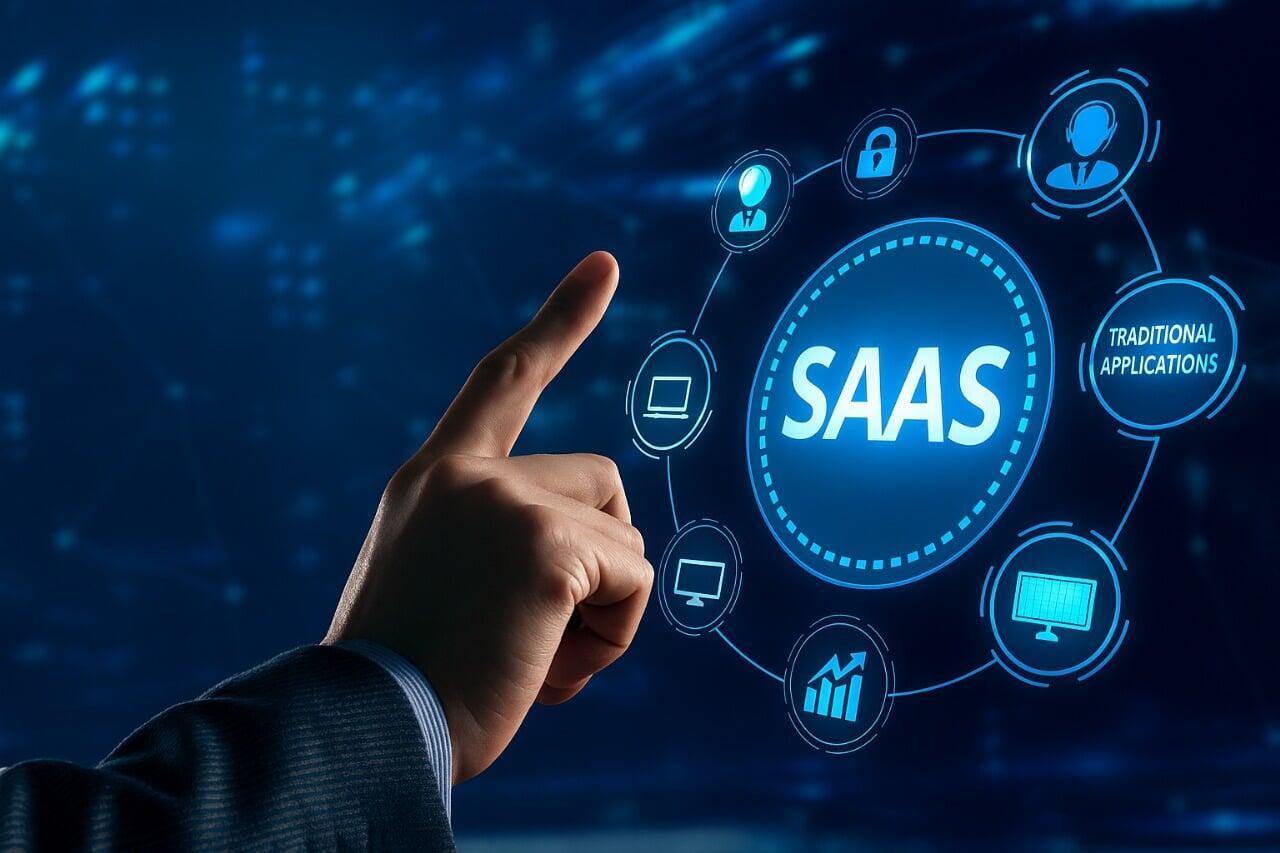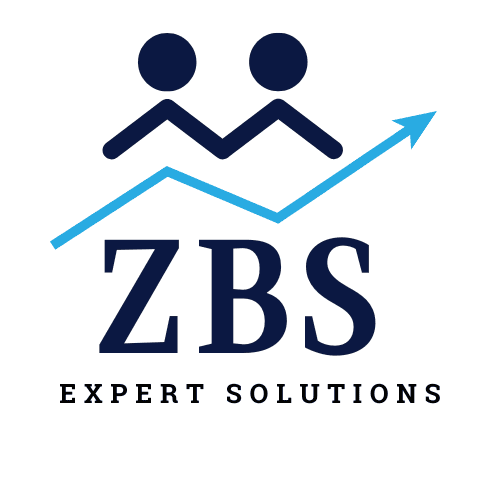
In today’s fast-evolving digital landscape, the tools you choose to run your business can either drive innovation or hold you back. One of the biggest decisions organisations face today is whether to stick with traditional software applications or move to SaaS software.
While both options have their merits, understanding the differences between them — and how they align with your operational goals — is crucial. In this blog, we’ll break down the key features, benefits, and trade-offs between software as a service and traditional software, helping you make the best choice for your business.
What Is Traditional Software?
Traditional software (also known as on-premise or licensed software) is installed directly onto a specific computer or server. Users typically pay a one-time licensing fee and manage the maintenance, updates, and storage in-house.
Examples include:
- Microsoft Office (desktop version)
- Adobe Creative Suite (before Creative Cloud)
- MYOB AccountRight (desktop version)
This model offers full control over software and data, but it also demands higher upfront investment, dedicated IT support, and manual updates.
What Is SaaS Software?
SaaS software— short for software as a service — is hosted in the cloud and accessed via the internet. Instead of purchasing the software outright, users subscribe to it, often on a monthly or annual basis. The provider handles updates, security, maintenance, and data storage.
Examples of SaaS services include:
- Xero (cloud accounting)
- Salesforce (CRM)
- Google Workspace (productivity suite)
- Canva (graphic design)
SaaS platforms are widely used across industries for their ease of access, scalability, and cost-effective pricing models.
Key Differences Between Traditional Software and SaaS Software
Installation and Accessibility
Traditional Software: Requires installation on each device; access is limited to where it’s installed.
SaaS Software: Accessible from any internet-enabled device; no installation required.
This makes SaaS services especially attractive to remote teams, freelancers, and mobile-first businesses.
Cost and Licensing
Traditional Software: Usually involves a large one-time purchase with optional paid upgrades.
SaaS Software: Subscription-based pricing; lower upfront costs and predictable monthly expenses.
For small businesses and startups,software as a service often provides a more manageable and scalable solution.
Maintenance and Updates
Traditional Software: Updates must be downloaded and installed manually, often requiring downtime.
SaaS Services: Automatic updates with no action required by the user.
This not only saves time but ensures you’re always using the most secure and feature-rich version of the software.
Customisation and Control
Traditional Software: Offers high levels of customisation and direct control over data and features.
SaaS Software: Typically more standardised, with limited options for customisation depending on the platform.
Enterprises that require highly tailored solutions may still favour traditional software, though some **SaaS services** now offer enterprise-level customisation.
Security and Data Storage
Traditional Software: Data is stored on local servers, putting the responsibility for security and backup on the business.
SaaS Software: Data is stored in the cloud, with providers typically offering robust encryption, backup, and recovery features.
That said, businesses with sensitive data may prefer the control offered by traditional systems, though reputable SaaS services comply with international security standards.
When to Choose SaaS Software
You should consider SaaS software if:
- Your team is remote or hybrid
- You want predictable costs and minimal IT overhead
- You need quick access to tools without setup delays
- You value automatic updates and cloud backups
SaaS is ideal for businesses that prioritise agility, scalability, and ease of use.
When to Choose Traditional Software
Traditional applications may be the better option if:
- You require complete control over your software environment
- Your internet access is unreliable
- You have custom system integration needs
- You’re dealing with highly confidential data and have in-house IT resources
This model may still suit large organisations with robust infrastructure and specific regulatory or compliance requirements.
A Hybrid Approach?
Many businesses are now adopting a hybrid approach, using a mix of SaaS services and traditional software. For example, a company might use on-premise ERP software for internal operations, but cloud-based CRM tools for sales and customer service. This offers flexibility while allowing teams to modernise at their own pace.
Final Thoughts
The decision between software as a service and traditional software isn’t one-size-fits-all. It depends on your business goals, budget, team structure, and technical requirements.
As cloud technology continues to mature, SaaS software is becoming the go-to option for companies looking to innovate without the burden of heavy infrastructure. However, traditional software still has its place, especially in environments where control, customisation, or data sovereignty are critical.
Take the time to assess your current systems, understand your needs, and explore what modern SaaS services have to offer — the right decision could dramatically improve productivity, efficiency, and growth.
Read more about:
Top 5 Benefits of Using SaaS Applications in Cloud Environments
SaaS Integration Made Simple: Connecting Your Favourite Tools Seamlessly




